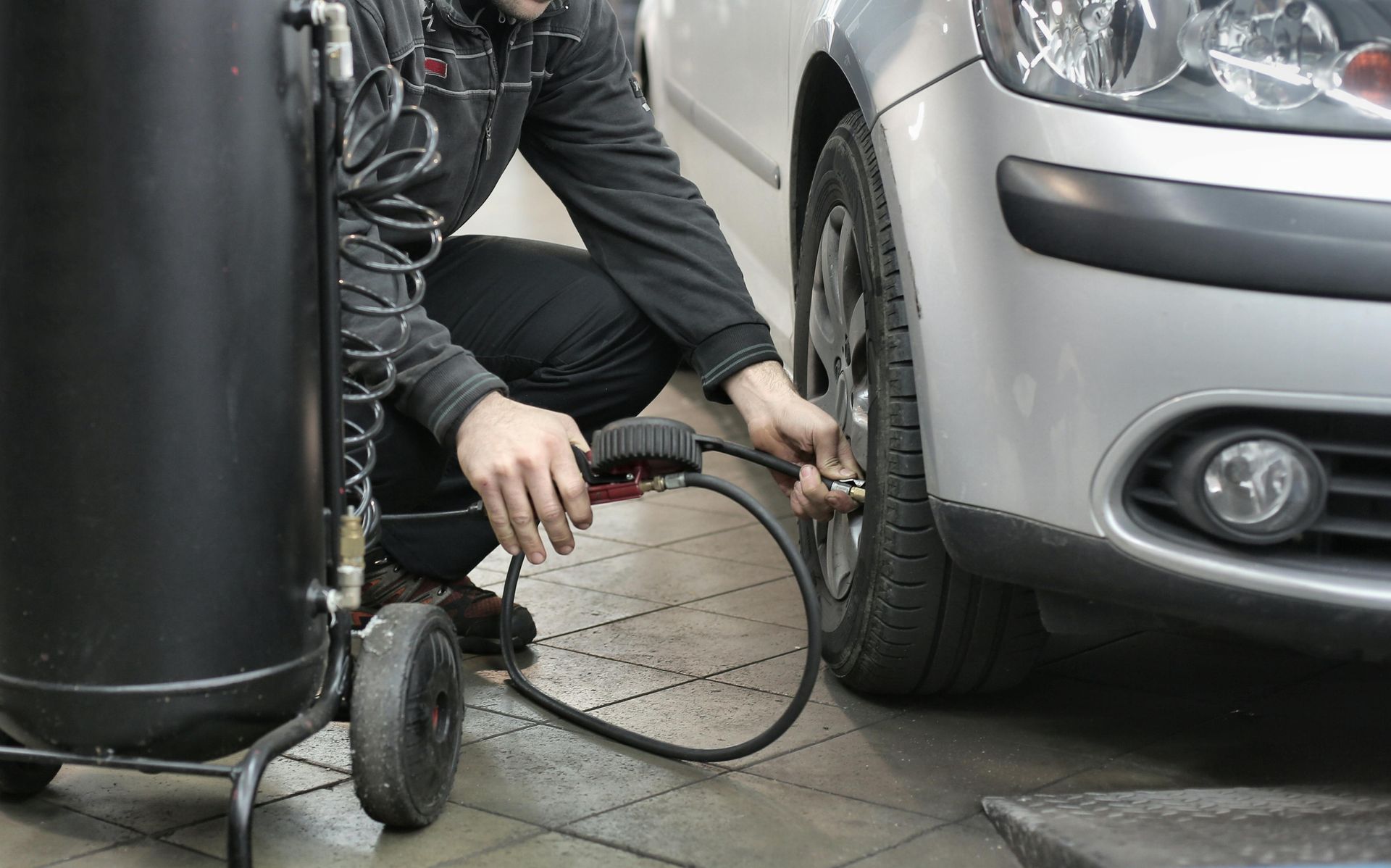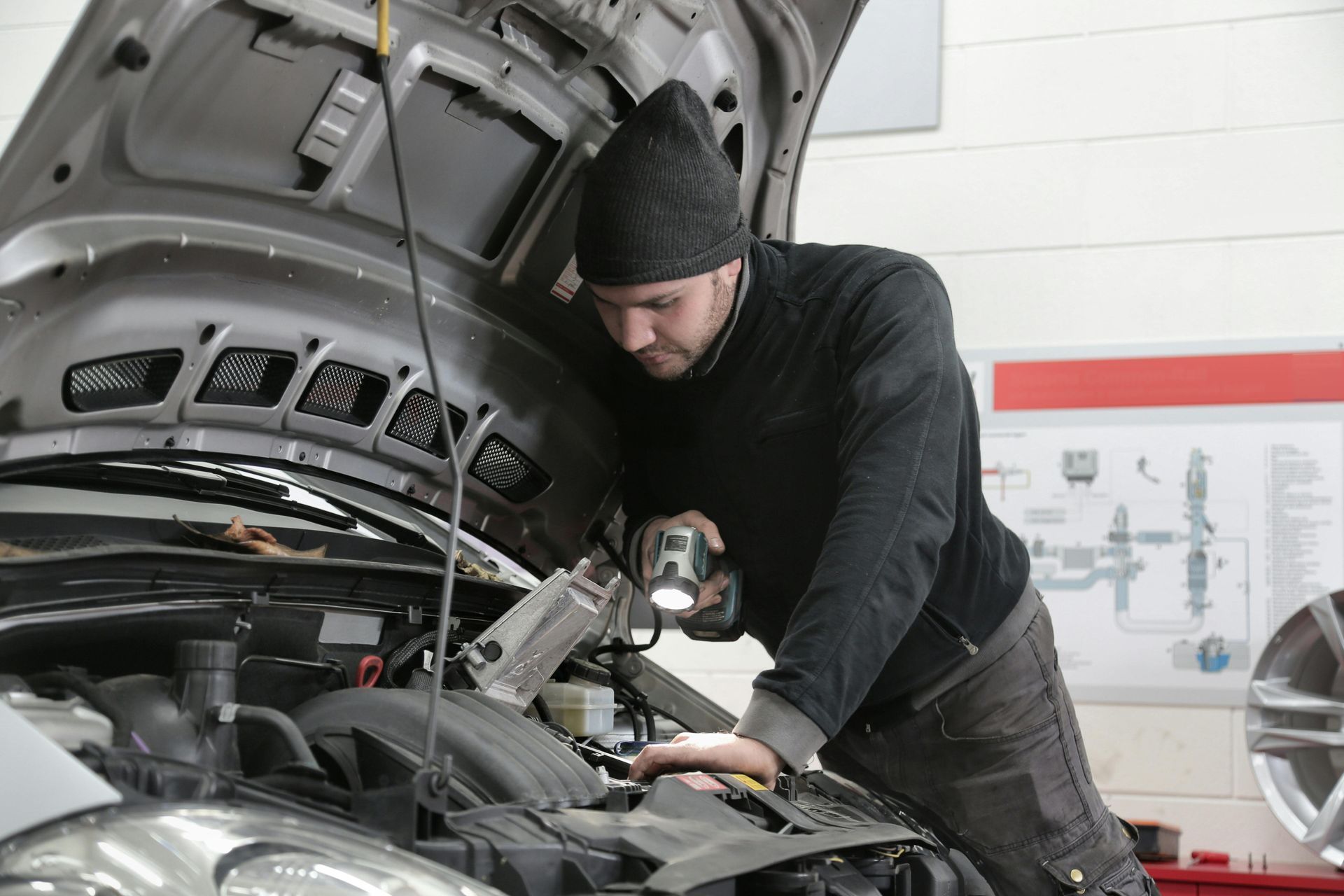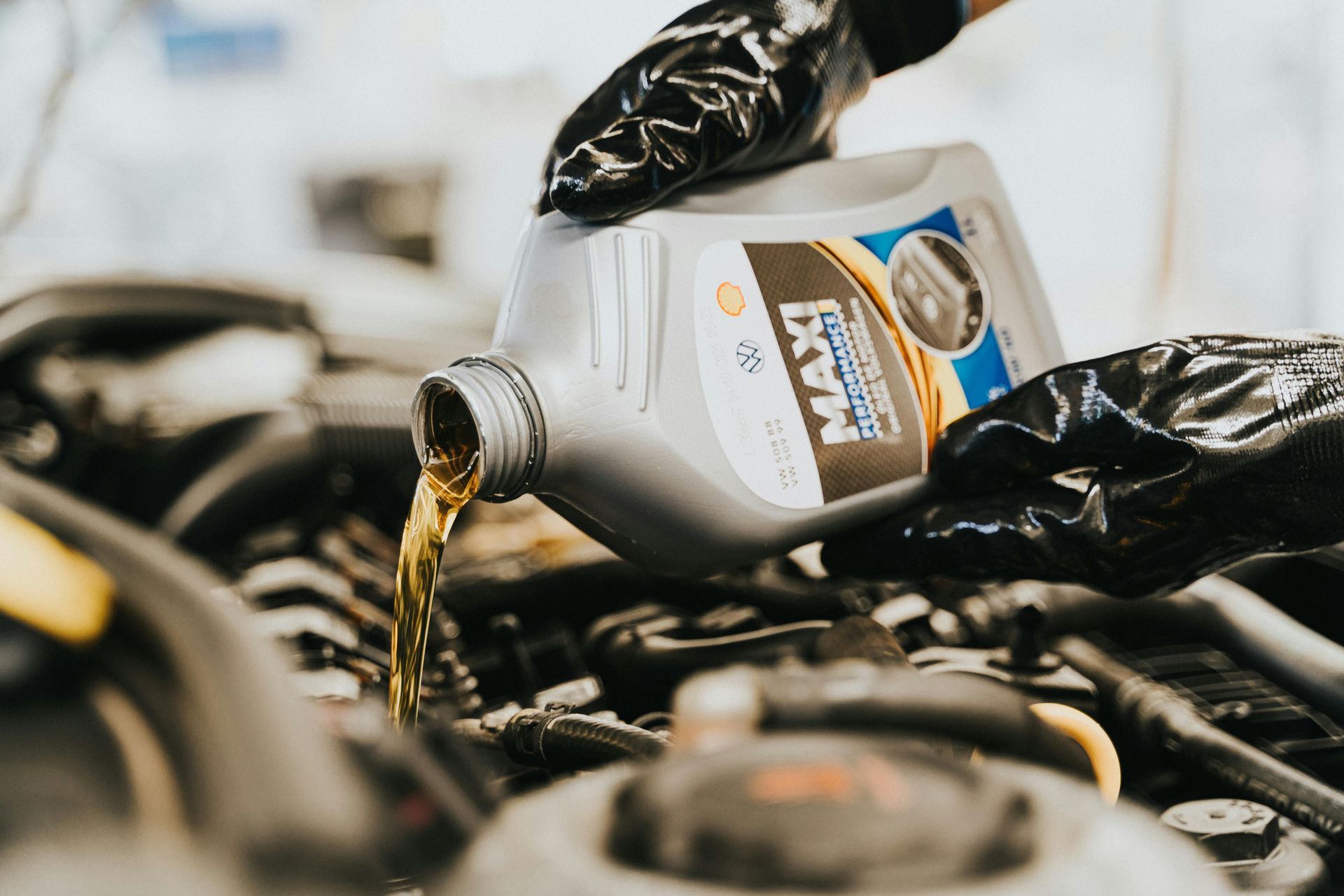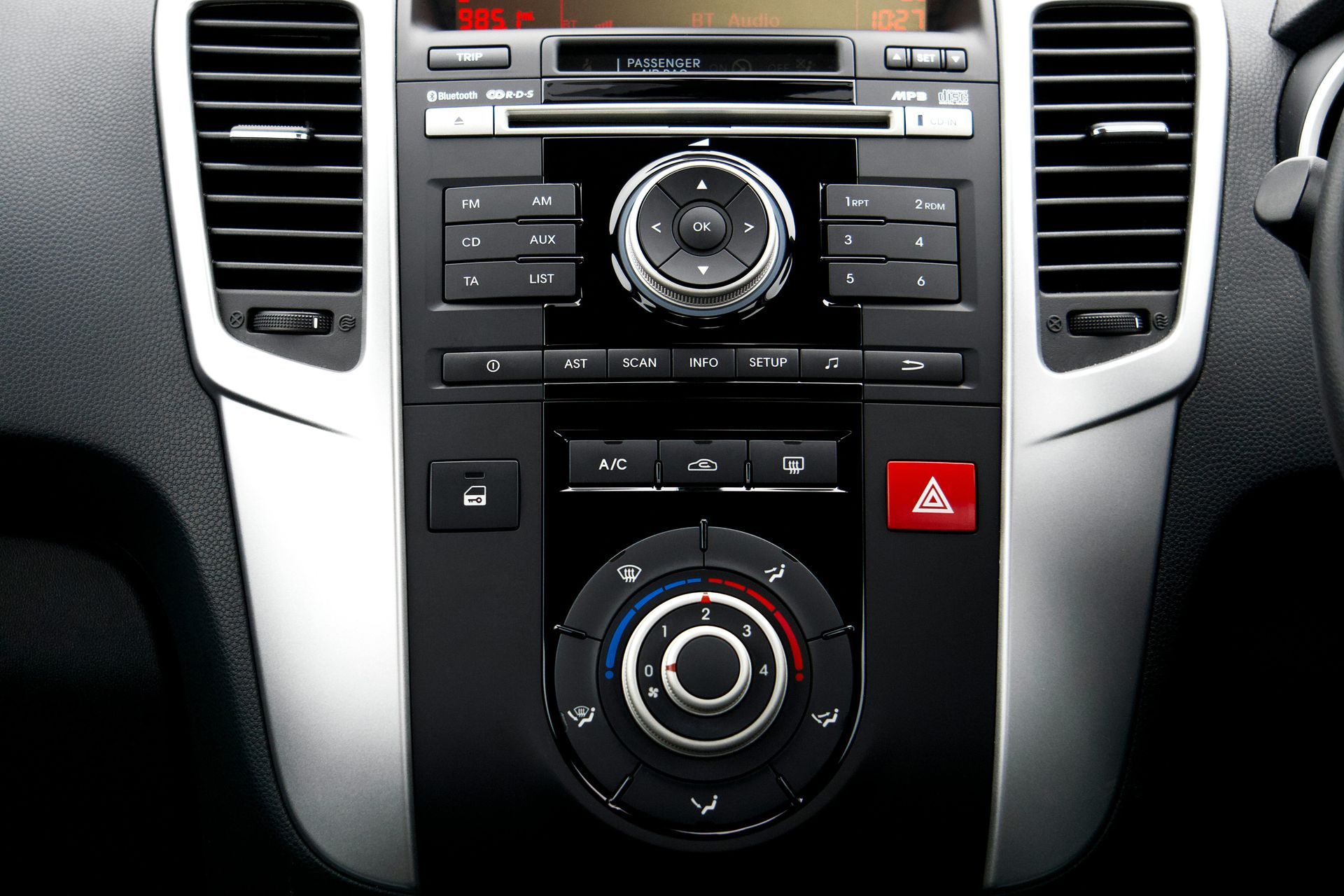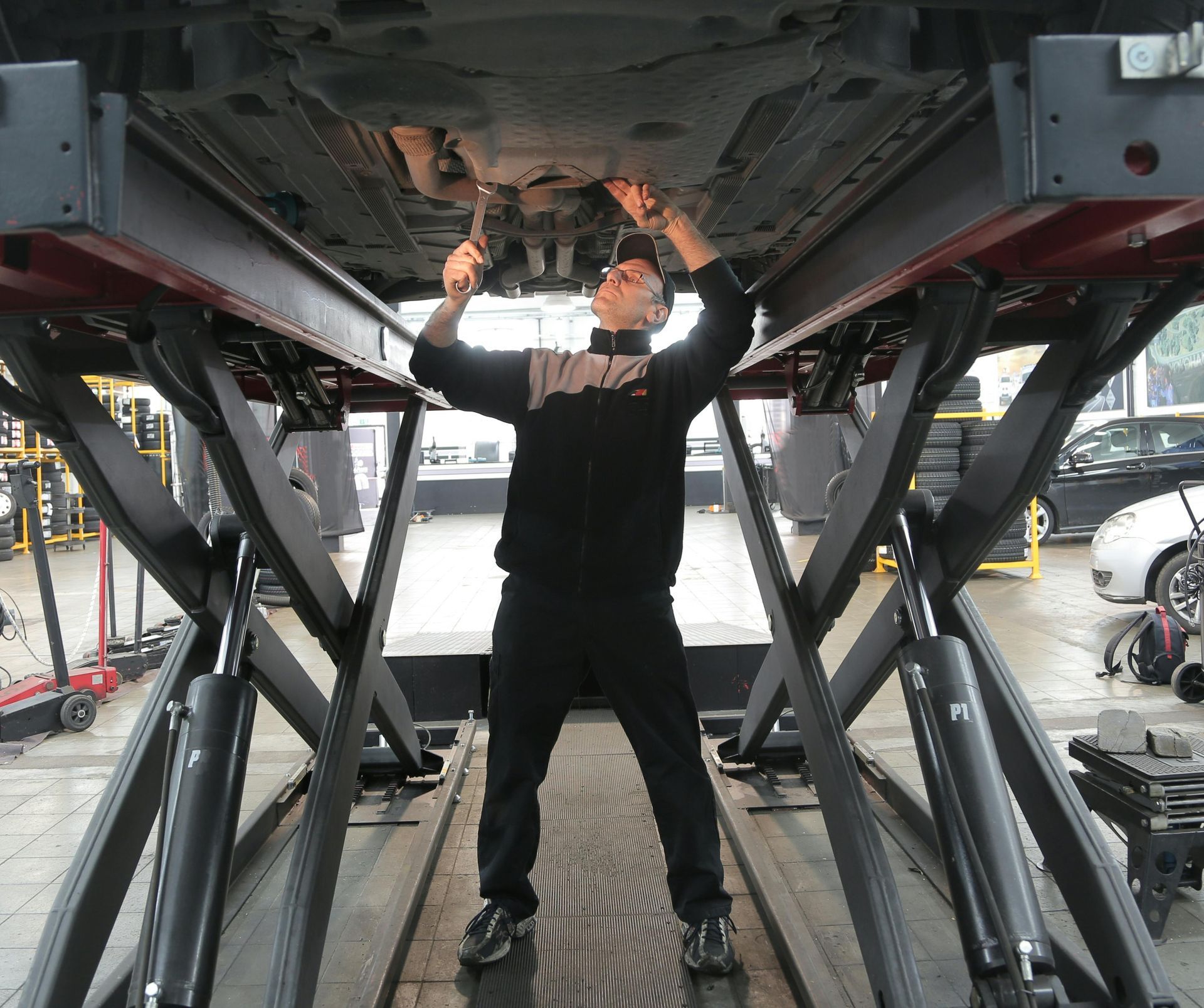Welcome to the journey of tire maintenance with Jones Complete Car Care , your trusted auto experts in Salt Lake City, Taylorsville, and Clearfield, UT. Today, we're diving into the essential aspects of tire care, ensuring that your vehicle not only performs optimally but also guarantees your safety on the road. Whether you're a seasoned driver or new to the wheel, understanding how to maintain your tires is crucial. In this comprehensive guide, we'll explore key maintenance practices, explain industry trends, and offer actionable advice so you can make informed decisions about your vehicle needs.
The Importance of Regular Tire Checks
At Jones Complete Car Care , we believe that regular tire checks are the cornerstone of safe and efficient driving. Tires are your vehicle’s primary points of contact with the road, making them vital for effective braking, acceleration, and steering. Regular tire maintenance prevents premature wear, enhances fuel efficiency, and improves handling. We recommend checking your tires once a month and before long trips for optimal performance.
Understanding Tire Wear and Rotation
Uneven tire wear is a common issue we address at our Salt Lake City location, often caused by improper inflation, misalignment, or driving habits. By regularly rotating your tires, you distribute wear more evenly. Tire rotation intervals typically depend on your driving habits and the manufacturer's recommendations—speaking of which, our experts at Jones Complete Car Care are here to offer personalized advice tailored to your vehicle and driving style.
Maintaining Proper Tire Pressure
Air pressure significantly affects tire life and vehicle safety. Under-inflation or over-inflation can lead to excessive wear and even blowouts. Utilizing a reliable tire pressure gauge is essential, and luckily, our team in Taylorsville is always ready to show you how to check and adjust your tire pressure correctly, ensuring your readings match the manufacturer’s specifications for optimal performance.
Keeping an Eye on Balancing and Alignment
Wheel balancing and alignment are crucial components in the maintenance puzzle. Misaligned wheels can lead to uneven tire wear and poor handling. If your vehicle pulls to one side or you experience vibrations while driving, it may be time to visit Jones Complete Car Care . Our technicians have the expertise to ensure your wheels are perfectly aligned and balanced.
Tire Technology Trends We Love
We at Jones Complete Car Care are excited about the latest tire technology trends sweeping the automotive industry. From all-season tires that offer versatility year-round, to advancements in tire materials that provide greater durability and performance. We aim to keep you informed so you can choose the best tires for your vehicle and driving conditions.
When to Replace Your Tires
Knowing when to replace your tires is just as crucial as maintaining them. A simple tread depth test with a penny can guide you, but we're always available to assist with professional evaluations. If you notice cracks, bulges, or bald spots, it's best to consult with us at our Taylorsville or Clearfield locations for a comprehensive assessment.
Your Trusted Partner in Automotive Care
At Jones Complete Car Care , we pride ourselves on being your go-to resource for all things automotive. Our dedication to community and expertise in the field ensures that you and your vehicle receive the highest standard of care. Whether you’re visiting us in Salt Lake City, Taylorsville, or Clearfield, UT, our commitment remains the same: providing you with solutions that enhance your driving experience and ensure your safety.
We're passionate about sharing our knowledge and helping you make informed decisions about your automotive needs. For professional tire maintenance and advice, visit Jones Complete Car Care today. Your safety and satisfaction are our top priorities!
